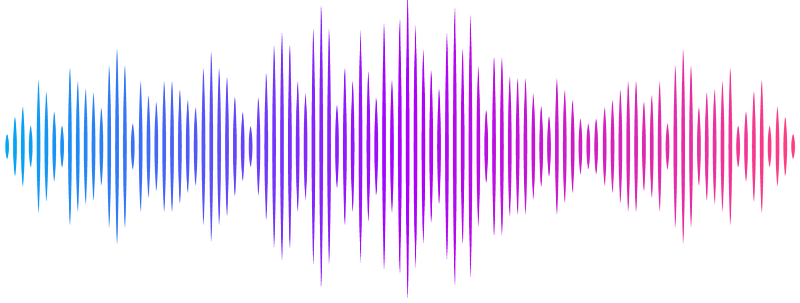Temporal Dynamics of Azot Expression Following Traumatic Brain Injury.

Temporal Dynamics of Azot Expression Following Traumatic Brain Injury.
Gutierrez-Garcia, A.; Marques-Reis, M.; Hauert, B.; Lampaya, E. M.
AbstractCell competition, a conserved biological process in which cells compete for survival based on relative fitness, has emerged as a critical mechanism in diverse biological contexts. Here, we investigate the role of cell competition in traumatic brain injury (TBI) by characterizing the temporal expression pattern of Azot, a key downstream effector of fitness-based selection, following injury in Drosophila melanogaster. Our findings reveal a distinct temporal profile of Azot expression post-TBI, with TUNEL assays confirming that Azot-expressing cells undergo apoptotic elimination. We demonstrate that following injury, the proportion of dying cells marked as "losers" significantly increases compared to non-injured conditions, indicating that cell competition becomes a predominant elimination mechanism during acute post-injury phases. Contrary to previous findings in neurodegenerative disease models where competition was restricted to neurons, we show that following TBI, both neurons and glia are subject to competitive elimination. Furthermore, in azot knockout conditions, we observe an accumulation of cells attempting to express Azot, suggesting impaired clearance of suboptimal cells. These findings advance our understanding of cellular quality control mechanisms following brain injury and may inform the development of novel therapeutic approaches to enhance functional recovery after TBI.